Understanding How It Can Work for You
In today’s world, we all rely on technology. From everything to our personal devices to company-wide applications, technology is everywhere. However, keeping up with trends can be challenging. It can feel very overwhelming for some. Others find it so natural to follow. One important concept to understand is deep learning.
When I looked into this topic, I found it quite intimidating at first. Then, as I looked into it more, I found it fascinating, especially as I understood more about how deep learning can help us in business.
Here, we will discuss deep learning. First, we will look at what deep learning is all about. Yes, that means some definitions and technical information. However, stick with it. You will learn a lot and finish the article with a new sense of accomplishment.
Next, we will look at the benefits of deep learning. While covering that, we will show how deep learning and machine learning compare. Then, we will share with you some practical uses of deep learning in business, giving us a real understanding of what impact it can make.
What is Deep Learning?
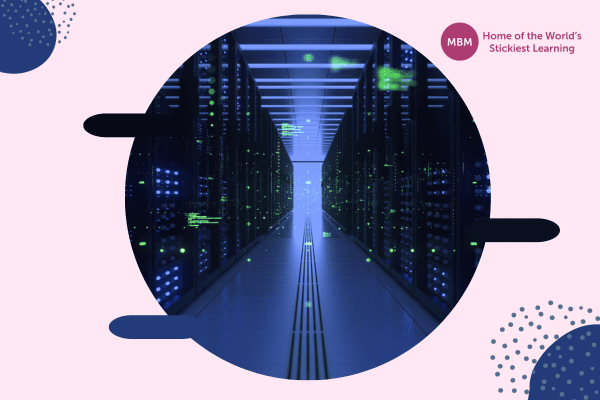
IBM defines deep learning as:
“a subset of machine learning, which is essentially a neural network with three or more layers. These neural networks attempt to simulate the behaviour of the human brain—albeit far from matching its ability—allowing it to “learn” from large amounts of data. While a neural network with a single layer can still make approximate predictions, additional hidden layers can help to optimize and refine for accuracy.”
But, what does that actually mean? It means that we take the deep learning system and make it work like a human brain. In this way, it learns along the way to make more effective decisions, like a human brain would. You can share lots of data with the system and it will analyse it, change it, and use it in an effective way without human intervention. Deep learning has the capacity to let them do it for themselves.
One common example is in driverless cars. The technology allows the car to recognise different road signs and react accordingly, without the driver needing to do a thing. The car’s “brain” needs to learn the different aspects of driving in order to be safe for everyone involved.
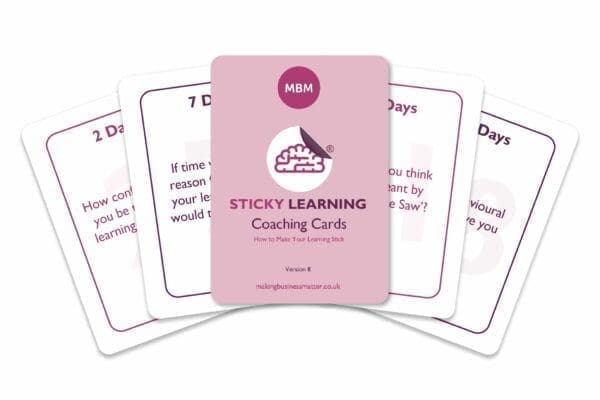

>> Sticky Learning Coaching Cards <<
>> Access on Amazon <<
What about Machine Learning?
Deep learning IS machine learning. In many articles I have read, one common thread is present and that is that deep learning is an evolution of machine learning, making it more sophisticated.
With machine learning, we see the use of algorithms to give automated choices, such as music recommendations on streaming services. They take the data of listeners and compare it to those of other listeners. Now, they look for similarities to be able to make better recommendations. I know from personal experience that the choice isn’t always the right one for my taste! The more information they have, the better the selection process.
However, deep learning, with more layered analysis, goes deeper into these options for more effective decisions and predictions. In comparison, we see more accuracy and faster speed in deep learning systems. Remember, deep learning uses neural networks to analyse large amounts of data and make predictions that help businesses improve their services and products. Nearly every industry has some example of deep learning in use.
Now, we’re going to look at 5 uses of deep learning in business with examples of how it is applied.
AI, machine learning and deep learning have been having major impacts on many different industries, such as finance, healthcare, retail, entertainment, manufacturing, etc. We’re going to have a look at what impact they are making. Also, we will understand just how they are helping these industries transform and improve.
#1: Improved Customer Experiences (Multiple Industries)

Every company retains information about their customers. This could be information about preferences, previous sales, or customer experience feedback. This is a wealth of data at your fingertips. However, it could be difficult for team members to analyse everything and notice relevant patterns that could be useful. Here, we see deep learning taking the customer information and using the data to personalise different services.
For example, Mary purchases a particular brand of hand cream repeatedly on a specific website. Then, the system identifies this pattern in the purchases. Next, the system targets Mary for future products from this brand, based on her previous purchases. By doing this, deep learning is potentially retaining Mary as a customer through the use of her information.
Many retail companies are using deep learning models to personalise the consumer experience. They are using all relevant information to meet and exceed the needs of the customer. Many companies can even show increased retention of customers as a result of these practices.
Sticky Learning ® is 7 times more effective than 1-day training courses. Plus, you will get a Chain of Evidence proving your Return on Investment. Discover soft skills training that changes behaviours long term.

Disney
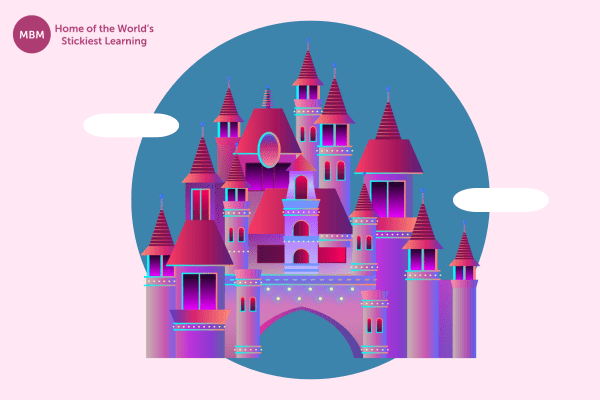
Let’s have a look at how Disney is using deep learning to enhance the customer experience.
First, they have the visitor’s MagicBand wristband that every visitor receives when they come to Disney World. This wristband acts as many different functions with the use of deep learning systems. The visitors have the comfort of using the wristband as a room key, wallet, FastPass for the park, and even as a credit card. This gives the visitor more flexibility by having everything available in one handy wristband.
Another advantage of this band is knowing the location of their visitors in the park. Disney uses the location tracking system, supplied by deep learning applications, to see where their visitors like to go within the park. This can allow them to further personalise the experience for the visitors. They use this data to make recommendations for the visitors to better enjoy their time at the park. Also, they can deploy to areas where queues are growing to avoid waiting times.
#2: Disease Detection (Healthcare sector)

Technology is creating amazing breakthroughs in the world of medicine and healthcare. We see advancements in every aspect from medical tools to how we diagnose illnesses. Deep learning systems are changing the way patients can receive care. These technologies are being used across the board in the healthcare sector, revolutionising the potential for greater disease detection, better patient care, and faster diagnosis of serious illnesses.
Deep learning models have a large database of images and scans for analysis. As a result, the models have a better chance of identifying less obvious early signs of disease that the human eye might miss. There are many different areas in which deep learning helps in the medical industry.
Here are some:
- Healthcare Chatbots: Provide real-time assistance and answers to patients who need information.
- Prediction of Prescriptions: Deep learning models can more effectively analyse patient records. These predictions make better future prescriptions for more efficient treatment. Also, it reduces the possibility of incorrect prescriptions being made.
- Mental Health Research: The use of deep learning algorithms helps researchers better analyse the impact of mental health issues on the brain.
There are many areas where deep learning models are helping medical care progress and become more efficient. As these improvements continue through the use of deep learning models, the more we will see better diagnosis, predictions and patient care happening in this industry.
#3: Fraud Detection

Many industries face fraud issues. This is not limited to just the financial sector. For example, medical fraud is very common in terms of trying to beat the system and make financial gains through fraudulent action. However, here we will look at the use of fraud detection in payment systems.
Many use online options for making payments, money transfers and financial claims. And with greater use, we also see greater opportunities for fraud and scams. Therefore, having effective systems in place that help minimise these cases will make a big difference for many online platforms.
PayPal
A worldwide system that uses deep learning is PayPal. I personally use this app for transactions and feel safer using it knowing that they take these steps to reduce the possibility of fraud.
Deep learning has the ability to predict abnormal activity on these types of payment sites. PayPal uses the models to detect if customers are legitimate customers or not, to try to prevent fraud on their site. They say that they have seen a 10% decrease in potential fraudulent activity as a result of using these models. This number will surely continue to grow with more effective use of these deep learning algorithms, not just for PayPal but other fintech systems in banking, insurance and other payment and transfer sites.
#4: Predictive Maintenance Solutions
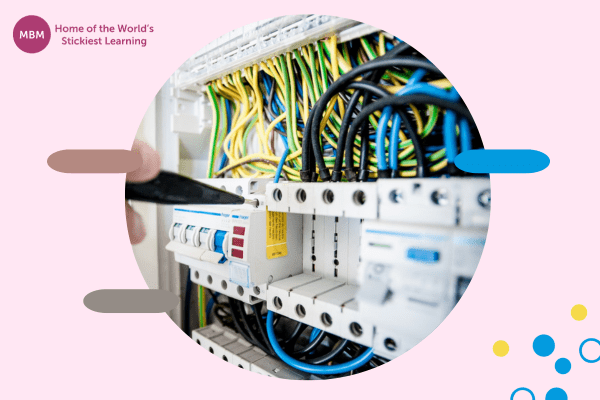
Many industries face financial and time issues due to maintenance problems. One area where deep learning is helping with this is through predictive maintenance assistance. Imagine, you have a piece of equipment which is vital to your company’s efficiency. Now, think of the impact that will have on your team when there is a major maintenance issue. Production downtime has a negative impact on everyone involved. Not to mention the financial impact it can have on costly repairs.
Here, deep learning models can detect minor maintenance issues that need addressing. By doing this, they catch the problem before it becomes a major time-consuming issue for the company. The technicians are alerted to the problem while it is still a simple issue with a quick fix. As a result, time and money are saved as well as the impact on the company’s operations.
#5: Safety at Work
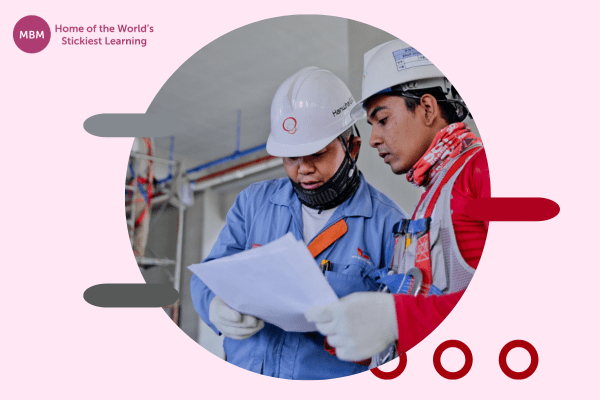
There are a number of ways that deep learning can make the workplace safer. These include:
- The use of robots for repetitive, time-consuming tasks, where humans may lose concentration and result in accidents.
- Identify non-compliance in the factory that could result in injury to a worker.
- Use of sensory devices to allow the workforce to operate in safe quarters.
These models and algorithms can make many production workplaces safer for everyone involved. By applying these options, companies see fewer accidents, greater output and more efficient completion of their products. It really is a win-win situation for everyone.
#6: Entertainment Industry

The entertainment industry is using deep learning models to enhance their customer experience. We saw earlier in the article that streaming services use these models to make better predictions for their users. This will increase customer satisfaction and usage.
Also, they are using these algorithms to better match future streaming options that they can recommend to their watchers. This is through analysis of customer previous choices. In that way, they are better placed to alert their watchers of future offerings that they are more likely to enjoy.
Another area where these models are being used in entertainment is by adding colour to black-and-white content and sound to silent movies. These enhance the watching experience for customers. Also, it allows for their content to reach a wider audience.
Next, we look at deep learning in the gaming world. One example in recent years was the AI that beat the world champion of the game Go which even led to him retiring from gaming as a result of AI.
Adverting and media are also seeing an impact as a result of deep learning models. Here, they can better identify their target audience for advertising by analysing customer preferences, purchase history, age, and many more areas of relevance.
Benefits and Limitations of Deep Learning
Deep learning is still a relatively new technology. It is still being further developed and enhanced. Let’s look at some of the benefits and limitations of the use of deep learning.
Benefits:
Speed: One positive about deep learning is the speed at which it can analyse large amounts of data.
Self-learning: because of its sophisticated approach, deep learning models don’t need their features to be hand-engineered. Instead, they can automatically learn features from the data they are fed.
Predictive Tools: these algorithms can make more effective predictions about future events and trends, allowing businesses to better prepare.
Manage Missing Information: even when some data is missing, deep learning algorithms can still make effective predictions that are useful.
Limitations:
Costly and Time-consuming: Training deep learning models takes a high level of computational resources which can cost the company time and money.
Data Quality: Deep learning models are only effective if the data they receive is high quality. Therefore, there is a risk of bad predictions if the data fed into the model is unreliable.
Unethical Decisions: Some models can unknowingly make discriminating decisions based on the data it is fed. This means that certain groups can be excluded from predictions. This can lead to some potential ethical issues.
Making Deep Learning Work for You
So, you have seen the practical benefits of deep learning to different businesses. Now, it’s time for you to see how it can best work for you and your company.
First, learn more about deep learning models and their potential uses. In this way, you can match their uses to your business needs.
Next, identify how these models can impact your business in effective ways. Whether it is looking at enhancing customer experiences or workplace safety, there is probably a reliable use for your team.
As you can see, deep learning has many different applications and uses. Now, you need to decide if this is the way forward for you and your company. Continue to learn more about deep learning as the technology continues to improve and grow. Although it can take a bit of time to get to grips with what the models are all about, you can get great gains from investing the time and effort to learn more about this technology.




